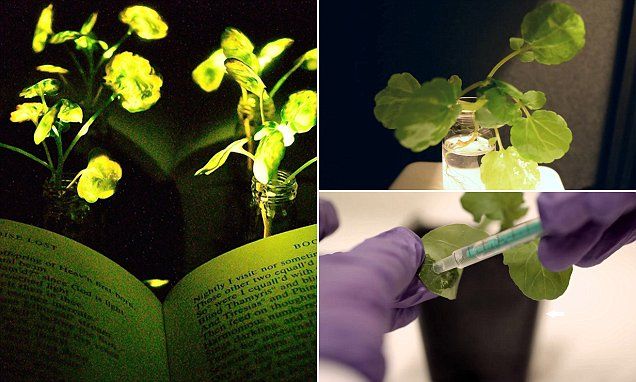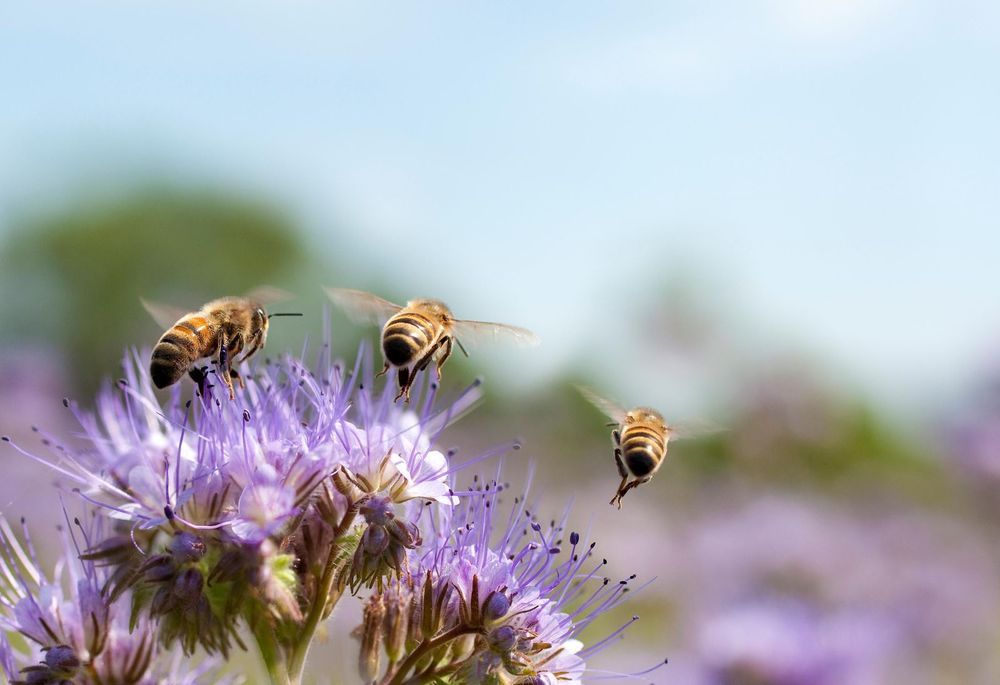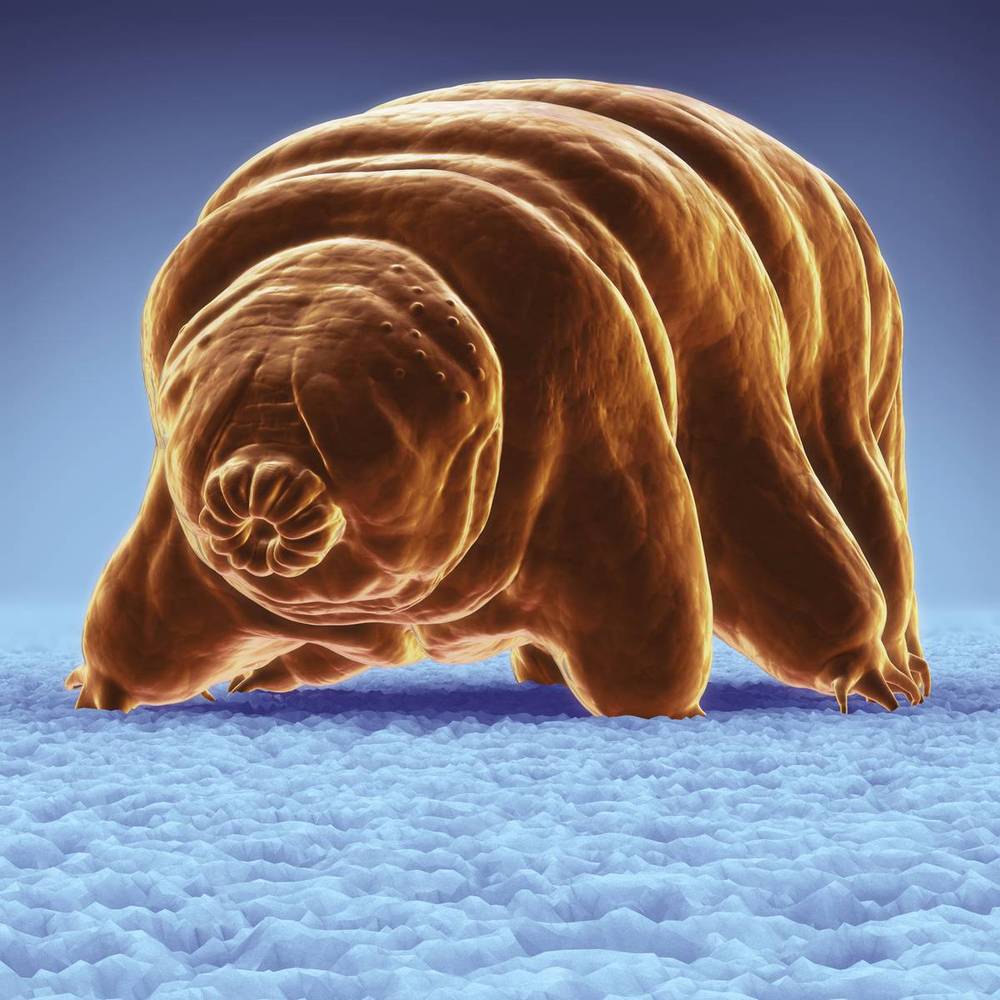Page 9051
Feb 14, 2019
‘Bioluminescent’ trees that glow like fireflies created at MIT
Posted by Quinn Sena in category: futurism

To create their glowing plants, engineers from the Massachusetts Institute of Technology (MIT) turned to an enzyme called luciferase.
Luciferase acts on a molecule called luciferin, causing it to emit light.
Continue reading “‘Bioluminescent’ trees that glow like fireflies created at MIT” »
Feb 14, 2019
Amazing New AI Churns Out “Coherent Paragraphs of Text”
Posted by Quinn Sena in category: robotics/AI
Feb 14, 2019
We find out more about the inventor behind the jet-powered hoverboard
Posted by Quinn Sena in category: transportation
We take a closer look at the amazing turbine-powered hoverboard invented by former jet ski world champ Franky Zapata.
Feb 14, 2019
A ‘Quantum Radar’ System Will Watch for Stealth Aircraft and Missiles in the Arctic
Posted by Quinn Sena in categories: military, quantum physics
Feb 14, 2019
Diabetes: Could a pill replace insulin injections?
Posted by Paul Battista in category: biotech/medical
Insulin injections are part of daily blood glucose management for many people with type 2 diabetes. Now, a new pill could spell the end for injections.
Feb 14, 2019
How Titanoboa, the 40-Foot-Long Snake, Was Found
Posted by Quinn Sena in category: futurism
Circa 2012
In Colombia, the fossil of a gargantuan snake has stunned scientists, forcing them to rethink the nature of prehistoric life.
Feb 14, 2019
End of the smashed phone screen? Self-healing glass discovered
Posted by Quinn Sena in category: mobile phones
Circa 2017
New type of polymer glass that can mend itself when pressed together is in development by University of Tokyo after a student discovered it.
Feb 14, 2019
How far out can we forecast the weather? Scientists have a new answer
Posted by Genevieve Klien in category: futurism
Feb 14, 2019
Tardigrade: The micro-animal scientists can’t kill
Posted by Quinn Sena in categories: existential risks, life extension
They’re little battlers, the greatest survivors on the planet and you may have them in your garden, writes Lana Hart.
They’ve been boiled, frozen, put in vacuums, starved, and exposed to unbearable pressures and radiation — but scientists can’t kill this creature.
They are the only animal to have survived all five of earth’s mass extinctions. This incredible feat is due to their development of unique survival mechanisms not seen in other parts of the animal kingdom.
Continue reading “Tardigrade: The micro-animal scientists can’t kill” »

















